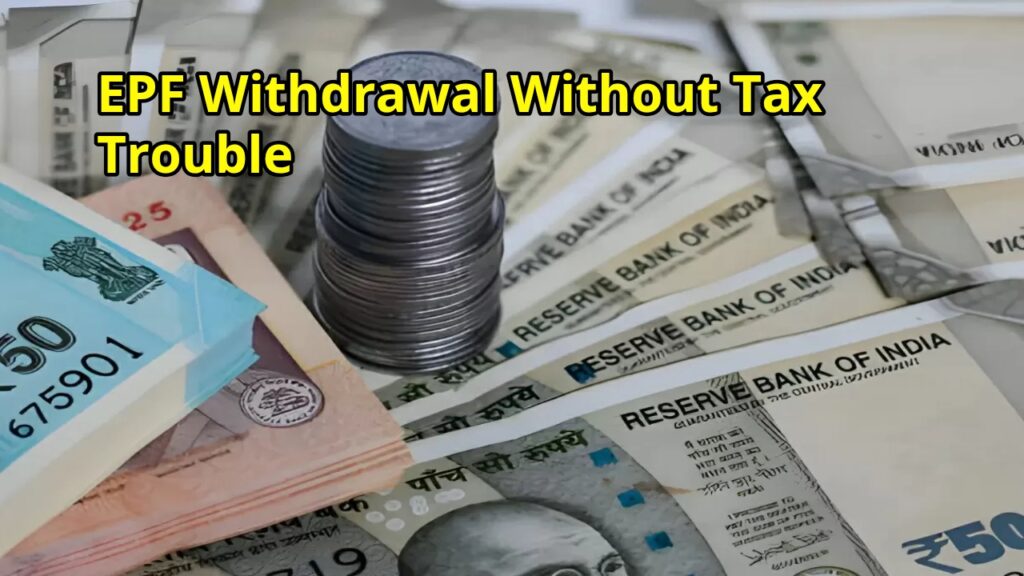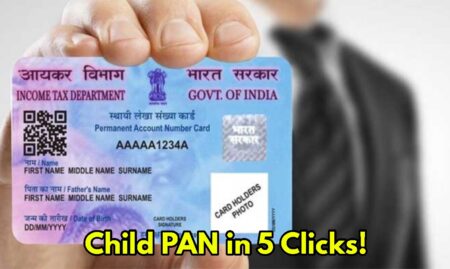Want to Withdraw PF? Wait—30% Tax Might Hit You!
Millions of Indians withdraw huge sums over ₹1 lakh crore from their Employee Provident Fund (EPF) accounts every year. Everyone is of the opinion that this amount is completely tax-free. And it typically is. But there are certain not-so-obvious rules which, if you don’t take care of them, will end up making you pay as much as 30% in tax.
Let us make this simpler for you so you will not lose a large portion of your hard-earned money.
EPF is Tax-Free Provided You Adhere to the Rules
EPF is on a scheme called the EEE (Exempt–Exempt–Exempt) scheme. This entails:
What you contribute, you don’t pay tax on.
The interest which accumulates? Tax-free too.
And even if you withdraw when you are old and retired—no tax!
Sounds great but this is only if you remain employed for more than 5 continuous years.
When the Taxman Comes Knocking
If you withdraw less than 5 years, this is what occurs:
Your employer’s contribution and interest on that is taxed as if it were your salary.
Your contribution remains safe unless you made a Section 80C tax deduction on it, then that is taxed too.
Interest on your own contribution? That will be considered income from other sources and attracted TDS accordingly.
FASTag Toll Pass 2025: 200 Free Highway Journeys Now at Just ₹3000, Starts August 15
Beware of TDS Deductions as well
Drawing more than ₹50,000? Be prepared for a 10% TDS deduction by EPFO.
In case you did not have to link your PAN, your TDS can be as much as 30%.
Ease out if, however, you’ve served for 5 years or retired – zero TDS.
When PF Withdrawal Is Tax-Free
There are exceptions where PF withdrawals stay safe from tax claws:
You’re retired.
Suffering from a serious illness.
Company shut down.
Making partial withdrawals for things like marriage, education, home loans, or medical emergencies (only if EPFO rules allow and no previous tax benefit taken).
EPF Withdrawal Rules—Know Them!
Full Withdrawal: Allowed post-retirement or after 2 months of unemployment.
Partial Withdrawal: Allowed for specific needs, but only under certain EPFO conditions.
And What About NPS?
If you have NPS account:
60% tax-free at retirement, rest credited to an annuity (taxable).
Leaving before 60? Only 20% tax-free, rest to annuity.
Had less than ₹2.5 lakh total? You can withdraw the entire amount tax-free.
Kisan Vikas Patra: Double Your Money in 115 Months with 7.5% Interest—Know Details
Smart Ways to Save Tax
Don’t withdraw your PF until 5 years.
Invest in NPS to earn additional ₹50,000 tax relief under Section 80CCD(1B).
Select your annuity plan judiciously so that you get to pay less tax in your retirement.
Don’t withdraw your PF till then. Knowing the regulations can save you thousands!



